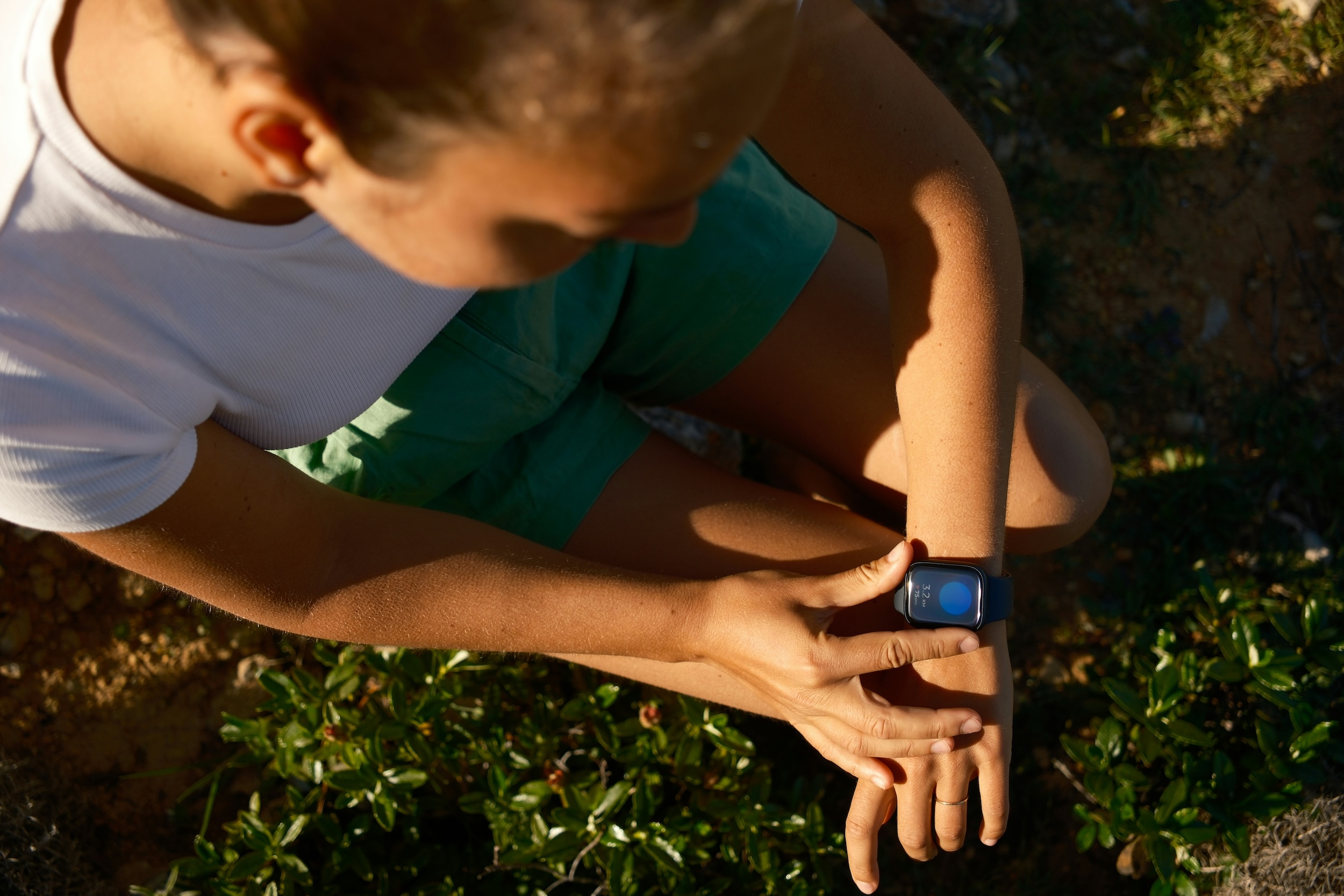IMAGE by Polina Kuzovkova
Wellness often measures how much we do; well-being asks how we feel while doing it.
In recent years, the words wellness and well-being have become almost interchangeable. Yet their differences matter, especially when we think about how technology and design shape our daily lives. Wellness has become a thriving global industry, while well-being remains a broader, more human-centered aspiration. For designers, this distinction opens an important conversation: are we creating tools that optimize people, or experiences that help them flourish?
Wellness: The Industry of Optimization
Wellness is often associated with practices and products aimed at improving health: fitness trackers, meditation apps, nutrition plans, sleep optimization devices. It’s a booming market, projected to reach trillions globally.
This industry can empower individuals, helping them take ownership of their health, adopt healthier habits, and feel more in control. But it also tends to frame wellness as a personal responsibility, often tied to metrics, goals, and constant self-optimization. In the design of digital products, this translates into features like:
- Tracking and monitoring: steps taken, hours slept, calories burned.
- Gamification: streaks, badges, and rewards for “good behavior.”
- Constant nudges: reminders, alerts, and notifications urging action.
While these tools can motivate, they can also create pressure, anxiety, and a sense of never being “enough.” They risk turning self-care into another performance.

IMAGE by Daniel Schwarz
Well-Being: Beyond Optimization
Well-being takes a wider view. It isn’t about constant improvement but about the conditions that allow people to live meaningful, balanced lives. Research in psychology and public health emphasizes dimensions such as:
- Emotional: feeling calm, resilient, and supported.
- Social: connection, belonging, and trust.
- Environmental: surroundings that foster safety and comfort.
Unlike wellness, which is often commercialized, well-being is about integration, how individuals, communities, and environments interact to support a sustainable quality of life.
For interaction design, this shift matters. Instead of creating apps that extract more attention or push constant performance, well-being-oriented design asks:
How can we reduce cognitive load? How can we create experiences that support presence, awareness, and connection?
Design in Practice: Two Approaches
Consider two examples:
- A step tracker encourages users to walk more, rewarding them with points and reminders (a wellness-driven design).
- An app that encourages mindful walking —without metrics, without competition— helps users connect with their surroundings and their bodies in a restorative way (a well-being-driven design).
Both encourage movement, but the underlying philosophy is different. One is about output and measurement. The other is about presence and experience.

IMAGE by Sophie Gerasimenko
A Calm Design Perspective
At Calm Design Lab, we believe this distinction is crucial. Technology designed purely for wellness often ends up demanding more of our attention, reinforcing cycles of self-optimization. By contrast, design that prioritizes well-being fosters balance, it acknowledges the environments, contexts, and rhythms of people’s lives.
Our research explores how principles from art, material studies, and mindful technology can help shift the focus from extracting attention to creating conditions for flourishing. We advocate for products and systems that allow space: for rest, for reflection, and for meaningful engagement with the world beyond the screen.
Wellness isn’t inherently negative. It has brought valuable awareness to health. But if design remains tied only to the wellness industry, we risk reinforcing the pressure to optimize rather than supporting genuine human flourishing.
Well-being invites us to imagine something different: technologies that don’t just help people do more, but help them be more present, balanced, and connected. That’s where design can make its most profound impact.


